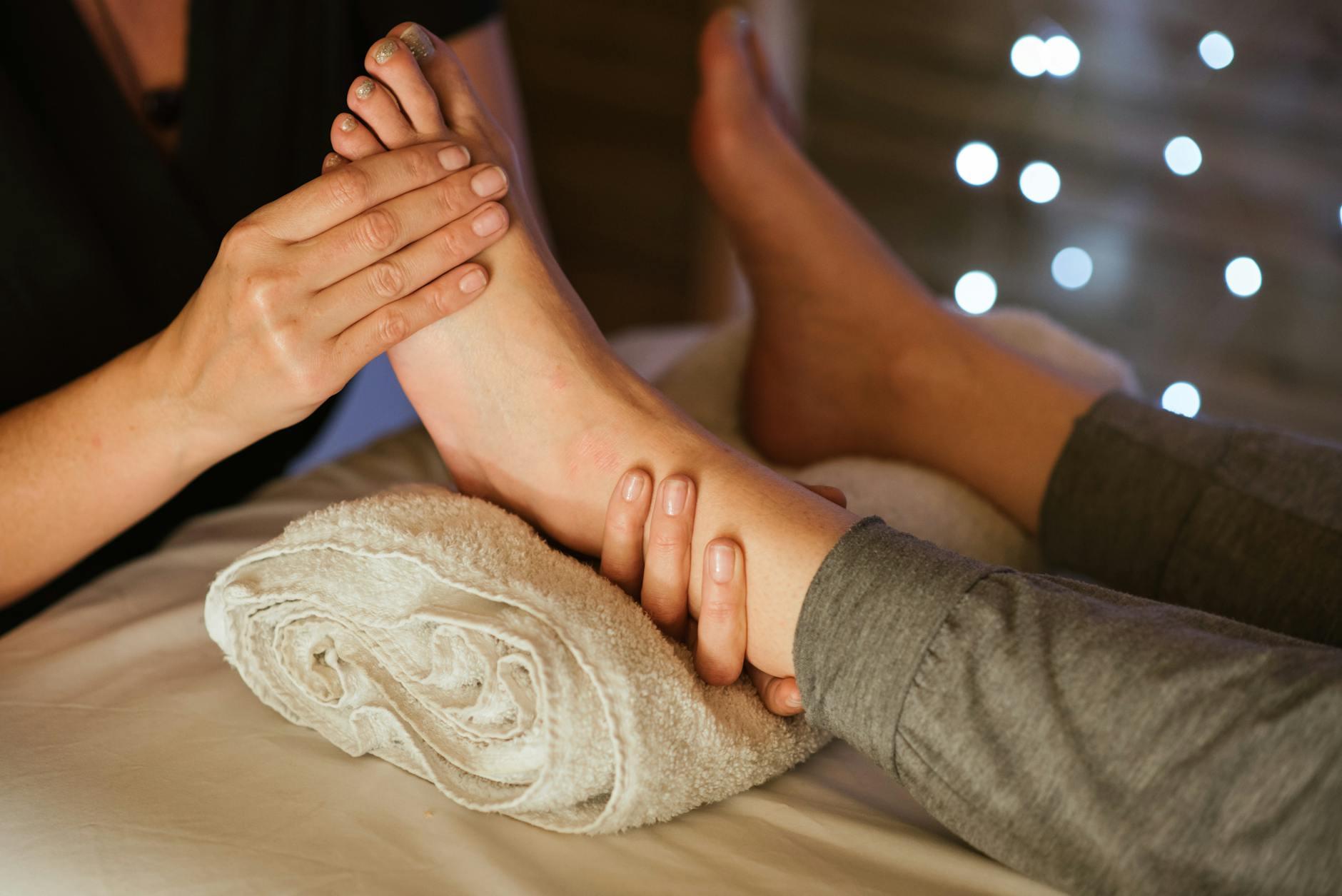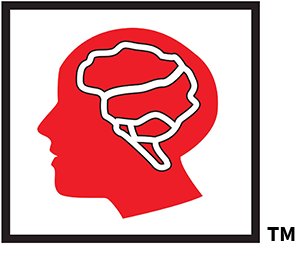
Life can often feel overwhelming with busy schedules, deadlines, and responsibilities. Learning effective relaxation techniques isn’t just nice; it’s essential for both your mental and physical health!
Below, we’ve compiled a list of effective relaxation techniques that can help you recharge and manage stress effectively.
Try these methods to find what works best for you!
1. Deep Breathing Exercises
Controlled breathing helps calm the mind and body by reducing your heart rate and improving oxygen flow.
Techniques to Try:
- Diaphragmatic Breathing: Place one hand on your chest and the other on your stomach. Breathe deeply through your nose, ensuring your stomach moves more than your chest.
- 4-7-8 Technique: Inhale for 4 counts, hold the breath for 7 counts, and exhale slowly through the mouth for 8 counts.
- Box Breathing: Inhale for 4 counts, hold for 4 counts, exhale for 4 counts, and pause again for 4 counts. Repeat.
2. Progressive Muscle Relaxation (PMR)
This method involves tensing and then relaxing different muscle groups to release physical tension.
How To:
- Start at your feet and work upward (or vice versa).
- Tense each muscle group for five seconds, then relax for ten seconds.
- Focus on areas like your shoulders, jaw, hands, and legs where tension tends to build.
3. Meditation Practices
Meditation is a powerful tool to quiet the mind and reduce stress.
Popular Types:
- Mindfulness Meditation: Focus on the present moment without judgment.
- Guided Meditation: Use audio or video guides to lead you through meditation.
- Transcendental Meditation: A mantra-based practice requiring consistent repetition.
Tip for Beginners: Start with just 5 minutes a day in a quiet, comfortable space. Increase the duration as you feel more confident.
4. Yoga and Stretching
Yoga combines movement, breathing, and mindfulness for a holistic approach to relaxation.
Simple Poses for Relaxation:
- Child’s Pose: Great for releasing lower back tension.
- Legs-Up-The-Wall Pose: Promotes circulation and reduces swelling.
- Cat-Cow Stretch: Loosens up the spine while calming the mind.

Photo by Anete Lusina
5. Aromatherapy
Using scents to relax is a simple yet effective technique.
Essential Oils for Stress Relief:
- Lavender: Known for its calming properties.
- Chamomile: Promotes relaxation and better sleep.
- Bergamot: Helps reduce anxiety and uplift mood.
Use a diffuser, add oils to a warm bath, or apply diluted oils to your skin.
6. Spending Time in Nature
Being outdoors has proven benefits for stress relief.
Try These Activities:
- Forest Bathing: Walk slowly in a wooded area, focusing on your senses.
- Gardening: Connect with the earth to boost mood.
- Walking or Hiking: Enjoy fresh air and gentle exercise simultaneously.
7. Mindfulness Techniques
Mindfulness helps shift focus from worries to the present moment.
Exercises:
- Mindful Eating: Pay attention to the flavors, textures, and smells of your food.
- Mindful Walking: Focus on the rhythm of your steps and your surroundings.
- Body Scan Meditation: Slowly bring awareness to each part of your body, noticing areas of tension.
8. Guided Imagery
This involves creating calming and vivid mental images.
How To Practice:
- Close your eyes and imagine a peaceful place, such as a beach or forest.
- Focus on details like sounds, smells, and textures to immerse yourself in the scene.
Apps and audio tracks can also guide you through the process.
9. Warm Baths and Showers
Warm water can relax muscles and soothe the mind.
Steps for a Relaxing Bath:
- Add bath salts or essential oils to the water.
- Light candles and play calming music.
- Sit back and soak for 15-20 minutes to fully unwind.
10. Journaling
Writing down your thoughts can relieve mental tension.
Types of Journaling:
- Gratitude Journal: List three things you’re thankful for daily.
- Free Writing: Let your thoughts flow freely onto the page.
- Reflective Journaling: Write about what went well or how you overcame challenges.
11. Music and Sound Therapy
Music has a profound impact on mood and relaxation.
Ideas to Try:
- Create a playlist of soothing tunes.
- Explore sound baths or binaural beats.
- Use white noise or nature sounds to help focus or sleep.
12. Visualization Techniques
Use visualization to mentally escape stress.
Example:
Imagine yourself lying on a soft beach, the sound of waves gently rolling in the background. Focus on that image until you feel calmer.
13. Laughter and Humor
Laughter releases endorphins, which naturally improve your mood.
Ways to Laugh More:
- Watch a comedy show or movie.
- Share funny stories with friends.
- Follow lighthearted content online.
14. Art and Creativity
Expressing yourself creatively can quiet your mind.
Creative Outlets:
- Painting or drawing.
- Adult coloring books.
- Crafting or DIY projects.
Use this time to focus solely on creating without judgment.
15. Digital Detox
Reducing screen time can help you feel more present and less overwhelmed.
Tips for a Detox:
- Set screen-free hours before bed.
- Limit social media use.
- Engage in offline activities like reading a book or taking a walk.
16. Quality Sleep Techniques
Good sleep is essential for relaxation and overall health.
Tips for Better Sleep:
- Create a cool, dark, and quiet sleep environment.
- Avoid screens 1-2 hours before bed.
- Develop a calming bedtime routine, like reading or meditating.
17. Time Management Strategies
Streamlining your schedule reduces stress and frees up time for relaxation.
Techniques:
- Prioritize tasks and focus on one thing at a time.
- Set boundaries to avoid overcommitting.
- Schedule short breaks during the day.
18. Physical Exercise
Exercise boosts endorphins, helping both your body and mood.
Best Activities for Relaxation:
- Low-intensity activities like walking or swimming.
- Yoga or tai chi for gentle movement.
- Dance to combine movement and music.
19. Herbal Teas
Certain teas can promote calmness.
Relaxing Options:
- Chamomile: Known for its soothing effects.
- Peppermint: Reduces tension and aids digestion.
- Green Tea: Contains L-theanine, which promotes relaxation.
Sip slowly to let the warmth calm your senses.
20. Setting Boundaries
Learning to say no can protect your mental peace.
How To Set Limits:
- Politely decline requests that overwhelm you.
- Focus on your priorities.
- Communicate your needs clearly to others.
Conclusion
Relaxation is a deeply personal experience, and no single technique fits everyone. Experiment with these methods to find those that resonate with you. Whether it’s spending time in nature, practicing mindfulness, or simply sipping on herbal tea, making time for relaxation can improve your health, reduce stress, and boost happiness. Find your groove and make relaxation a regular part of your day!
